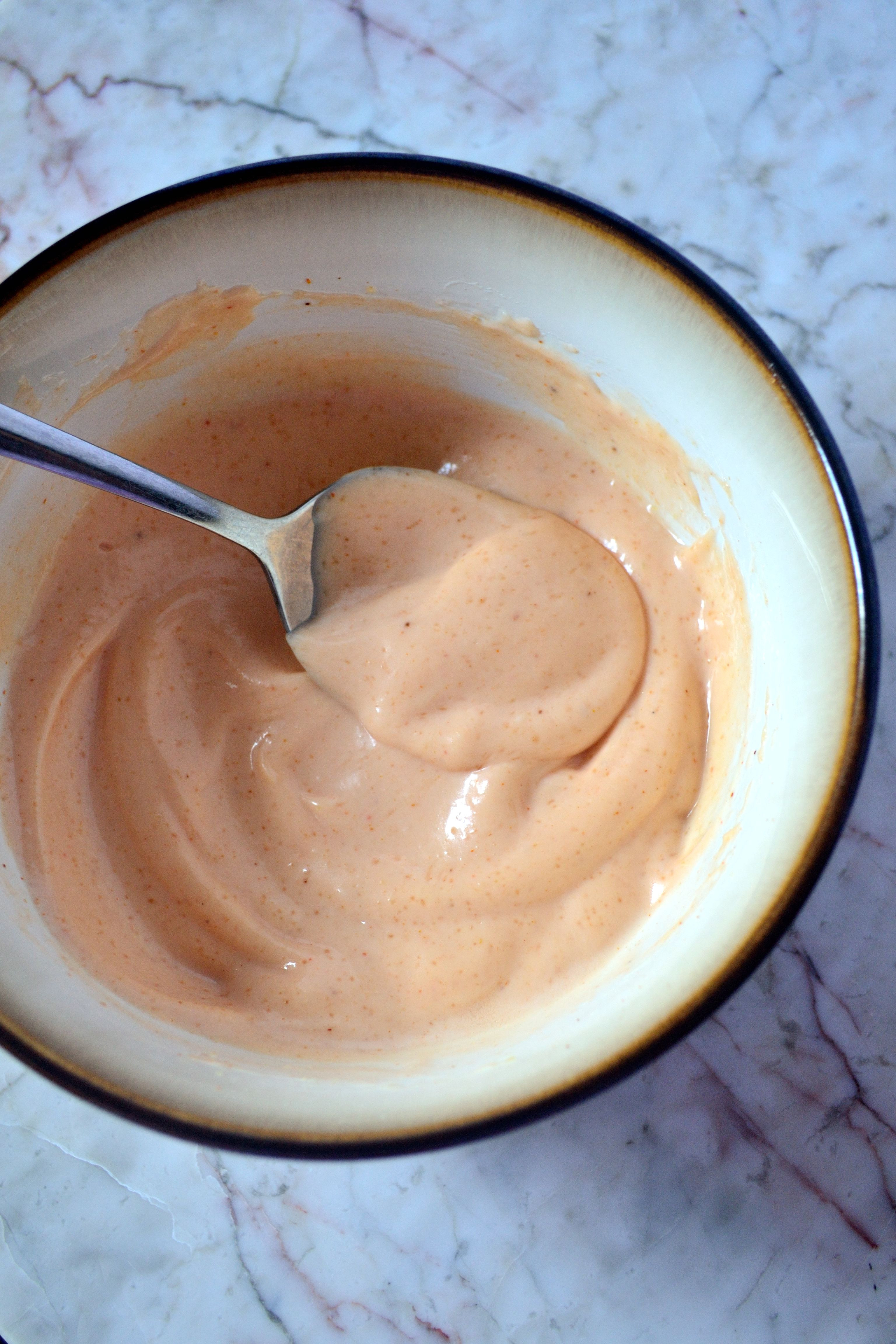Hibachi food, often enjoyed in lively restaurants with chefs cooking on large iron griddles right before your eyes, is a style of Japanese cuisine that’s become incredibly popular worldwide, particularly in the United States. But what exactly is hibachi food? To understand it, we need to delve into its origins and distinguish it from similar cooking styles.
Traditionally, in Japan, “hibachi” refers to a small, portable charcoal grill. These grills were historically used in homes for cooking and heating. The word “hibachi” itself translates to “fire bowl,” reflecting its design as a container for hot coals. These traditional hibachi were used for grilling small amounts of food over direct charcoal heat, often in a more informal, home-style setting.
However, the “hibachi” experience most people are familiar with, especially in American restaurants, is actually more closely related to “teppanyaki.” Teppanyaki involves cooking food on a large, flat iron griddle, often built into a counter around which diners are seated. Chefs preparing teppanyaki are known for their entertaining performances, skillfully cooking and flipping food with flair, adding to the overall dining experience. This theatrical style of cooking has become synonymous with the term “hibachi” in many Western countries.
While the cooking surface differs – the small grill of a traditional hibachi versus the large griddle of teppanyaki – both styles share a focus on grilling fresh ingredients at high heat. The emphasis is on highlighting the natural flavors of the food with simple seasonings, often using soy sauce, sesame oil, and garlic butter to enhance the taste. Vegetable oil is also crucial to prevent sticking on the hot cooking surface.
A typical hibachi meal, or more accurately, teppanyaki-style meal, often includes a combination of grilled proteins, vegetables, and fried rice or noodles. Popular protein choices range from steak, chicken, and shrimp to scallops and lobster. Common hibachi vegetables include zucchini, onions, mushrooms, carrots, and broccoli, all quickly cooked to retain their crispness and flavor. Fried rice, often prepared right on the griddle with eggs and onions, is a staple side dish.
One of the hallmarks of the American “hibachi” experience is the array of flavorful sauces served alongside the grilled dishes. Yum Yum sauce, a creamy, slightly sweet, and tangy mayonnaise-based sauce, is perhaps the most iconic. Ginger sauce, a savory and slightly spicy sauce, is another popular choice. These sauces add an extra layer of flavor and richness to the grilled meats, vegetables, and rice.
While the restaurant “hibachi” experience is centered around the teppanyaki griddle, you can also recreate the flavors and style of hibachi cooking at home. Using a cast iron griddle, skillet, or even a wok allows you to achieve similar results. The key is to use high heat, fresh ingredients, and simple yet flavorful seasonings. Garlic butter, easily made at home with softened butter, minced garlic, parsley, black pepper, and Italian seasoning, elevates the taste of homemade hibachi dishes, bringing that restaurant-quality flavor to your kitchen.
In conclusion, while the term “hibachi” might be loosely used to describe the teppanyaki-style cooking popular in Japanese steakhouses outside of Japan, understanding its traditional roots and the nuances of this grilling method enhances our appreciation for this flavorful and entertaining cuisine. Whether enjoyed at a restaurant with a skilled chef or prepared in your own kitchen, hibachi food offers a delicious and satisfying culinary experience.


